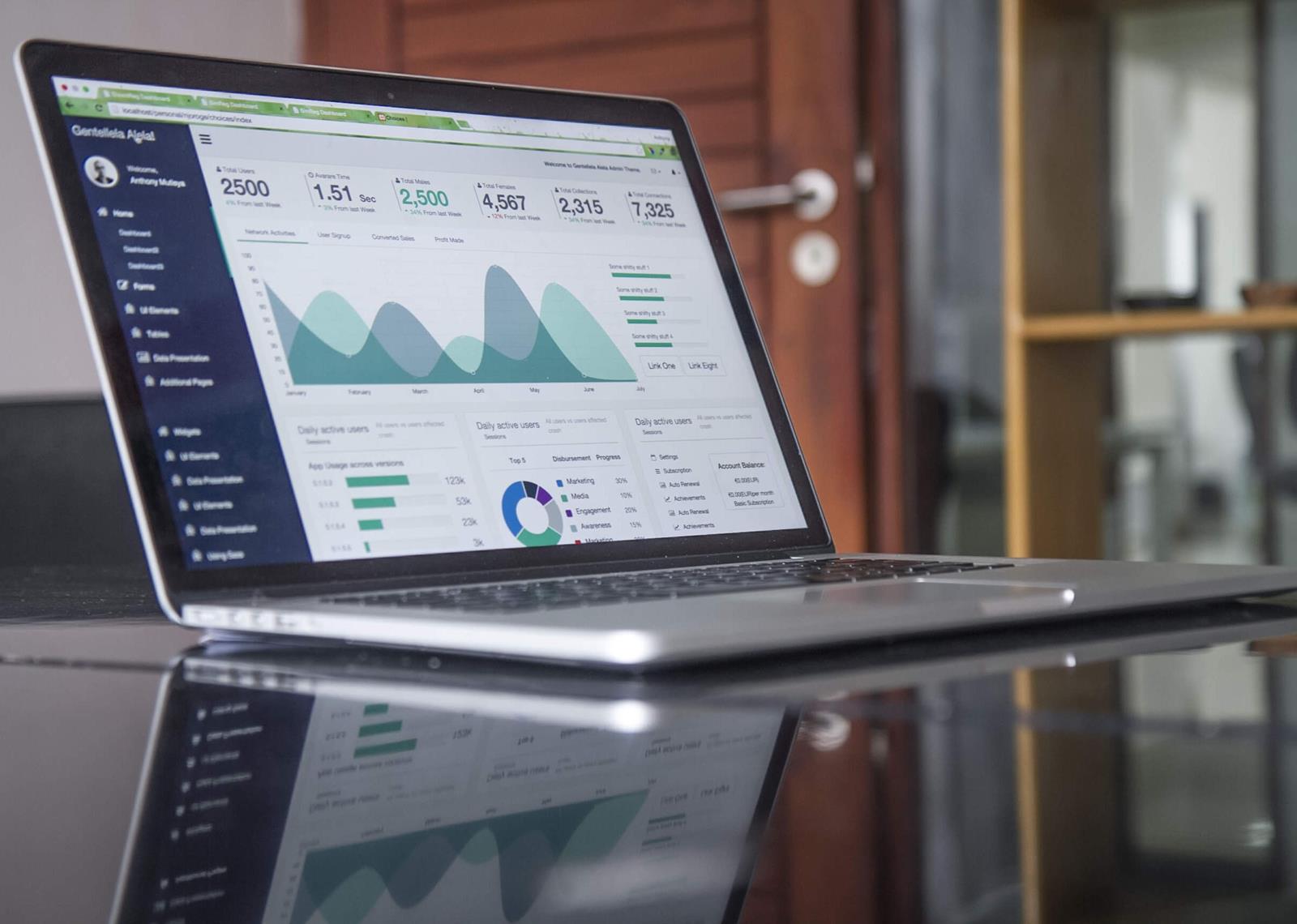What Are the Top 5g Trends of Technology in the Next Five Years?
Beyond just accelerating mobile internet speed, 5G technology promises to transform industries, inspire innovation, and rethink the digital experience as it is implemented globally. Unlike previous wireless generations, 5G offers ultra-low latency, more bandwidth, and the capability to simultaneously connect a huge number of devices. Not just for telecommunications but also for industry, transportation, healthcare, and entertainment this technology development has important consequences. Over the next five years, 5G will surpass hype into wide usage, driving technological trends that will drastically change our life, job, and interactions. Businesses, consumers, and governments all rely on a knowledge of these evolving trends as they prepare ready for a connected and intelligent society driven by the full capabilities of next-generation wireless technology.
Expanded Infrastructure and Network Integration
Constant infrastructure growth is the basic theme directing the evolution of 5G. To provide the low latency and high frequency capabilities of 5G, new base stations, small cell towers, and fiber back haul networks must be positioned in both urban and rural locations. Particularly in suburban and industrial sectors, we might see a surge in network densification efforts meant to eliminate coverage gaps during the next five years. As countries support these developments, smooth and dependable 5G communication will become more standardised across bigger territories.
To ensure stability and compatibility simultaneously, 5G is also gradually being merged with existing 4G and Wi-Fi networks. Hybrid network solutions will prevail as telecom operators find the balance between user demand and government oversight versus the cost of further rollouts. This all-encompassing approach ensures quick performance improvements and enables one progressively adapt. Managing various demands from both consumers and companies will rely mostly on network slicing, a feature allowing 5G networks to be divided to fit specific use cases.
Rise of Edge Computing and Low-Latency Applications
For 5G, supporting edge computing environments is ideal as it may greatly reduce latency, therefore converting one of its characteristics. Edge computing manages data closer to production instead of data back-off to centralized cloud servers. Over the next five years, retail, manufacturing, healthcare, and automobiles will all see this idea take front stage. Real-time decisions, predictive maintenance, and autonomous operations will therefore become more scalable and efficient.
Furthermore paving the way for widespread adoption of immersive technologies will be edge computing motivated by 5G. Applications like augmented reality (AR), virtual reality (VR), and mixed reality (MR) need low latency if they are to provide seamless user experiences. As ultra-fast data processing happens at the edge, these technologies will at last find use in sectors like education, design, tourism, and remote collaboration. Thus, the synergy between edge computing and 5G will help to unlock the next phase of digital engagement and automation.
Smart Cities and Connected Infrastructure
Smart city growth is probably going to increase momentum as 5G allows more sophisticated, data-driven public infrastructure. Real-time communication among sensors buried in highways, public transit systems, electrical grids, and waste management facilities will allow cities respond more dynamically to environmental threats, traffic congestion, and energy demand. Over the next five years, these systems will become more sophisticated because to 5G’s capacity to connect millions of devices per square kilometer.
Particularly gaining from this networked environment is mobility. Vehicle-to– anywhere (V2X) communication—which enables automobiles interact with one another and with roadside infrastructure—will experience enhanced performance via 5G. This capability offers not only traffic updates and accident warnings but also the last implementation of autonomous vehicle networks. Safety considerations therefore find support. Driven by 5G, smart city technologies will also increase public safety, environmental monitoring, and resource optimization, thus improving urban life’s resistance against forthcoming hazards.
Industrial Automation and Internet of Things (IoT) Expansion
The industrial sector will continue to be changing supply chains, production floors, and logistics networks using 5G. Over the next five years, more manufacturers will employ private 5G networks to get greater control, security, and customizable ability. From environmental sensors to robotic arms, these networks will allow a growing spectrum of Internet of Things (IoT) devices—that need on fast data transfer and constant connectivity to perform successfully.
Predictive analytics, automated quality control, and flexible production lines offered by 5G will help smart manufacturers optimize operations. This evolution minimizes human error, increases output, and reduces downtime. Additionally helping logistically oriented companies will be real-time item, fleet management, and route optimization monitoring. As IoT develops, industries will rely more and more on 5G to control and evaluate the enormous volumes of created data. The combination of 5G and industrial IoT will be absolutely vital for Industry 4.0 to fully realize.
Enhanced Consumer Experiences and Media Innovation
From the consumer perspective, 5G is likely to change digital entertainment and mobile experiences. Faster response speeds and cloud-based technologies will help mobile gaming to become more immersive; streaming platforms will provide better-quality video with less buffering. Interactive and multi-sensory entertainment—including AR and VR events hitherto requiring expensive or immobile setups—is most likely to develop over the next five years.
Beyond just entertainment, improved connectivity will benefit everyday consumer items. Smart home ecosystems will grow more sensitive and coordinated as appliances, security systems, and personal assistants all react faster to commands. Improved bandwidth and low-latency communication will let wearables—including health monitors and AR glasses—gain new features. This transition will encourage a lifestyle increasingly reliant on perfect digital integration because 5G is the backbone of a more intelligent and responsive personal environment.
Conclusion
The next five years for 5G technology will be a changing one that transforms our lives, companies, interactions, and drives innovation in many diverse industries. From the development of smart cities and industrial automation to the extension of network infrastructure and integration of edge computing, 5G is not just enhancing connectivity—it is permitting a whole new technological environment. The combination of 5G with IoT, artificial intelligence, and immersive media will provide heretofore unimaginable applications, thereby changing consumer experiences and business operations both. Those and businesses aiming to maximize this technological growth will mostly rely on their flexibility and education level. Driven by the speed, intelligence, and scalability of next-generation networks as the deployment of 5G unfolds and new capabilities emerge, the trends under discussion will offer the basis for a more integrated, efficient, and forward-looking global society.

